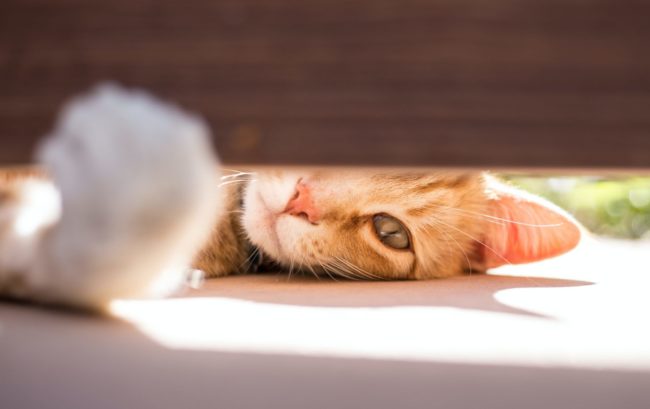Fleas and Worms. The Itchy info….
Worms are a concern for all cats and dogs but the risk is much higher for puppies, kittens and immunocompromised animals (due to illness, age or medication). In puppies and kittens, severe worm burdens can be life threatening due to underdeveloped immune systems. Wormy puppies and kittens will often be weak, have a swollen tummy,…









